Your cart is currently empty!
Tag: LSTMs

Overcoming the Challenges of Training LSTMs: Tips and Best Practices
Long Short-Term Memory (LSTM) networks have become a popular choice for many machine learning tasks, especially in the field of natural language processing. However, training LSTM models can be a challenging task due to their complex architecture and the potential for overfitting. In this article, we will discuss some tips and best practices for overcoming the challenges of training LSTMs.1. Data pre-processing: One of the key steps in training any machine learning model is data pre-processing. This is especially important when working with LSTM networks, as they are sensitive to the quality and structure of the input data. Make sure to clean and normalize your data, handle missing values, and encode categorical variables properly before training your LSTM model.
2. Feature engineering: In addition to data pre-processing, feature engineering plays a crucial role in training LSTM models. LSTM networks are capable of learning complex patterns in sequential data, but providing them with meaningful features can help improve their performance. Experiment with different input features and transformations to find the best representation for your data.
3. Hyperparameter tuning: Like any other machine learning model, LSTM networks have several hyperparameters that need to be tuned for optimal performance. Some of the key hyperparameters to consider when training LSTMs include the number of hidden units, the learning rate, and the batch size. Experiment with different values for these hyperparameters and use techniques like grid search or random search to find the best combination.
4. Regularization techniques: Overfitting is a common problem when training deep learning models, including LSTMs. To prevent overfitting, consider using regularization techniques such as dropout and L2 regularization. These techniques help prevent the model from memorizing the training data and improve its generalization performance on unseen data.
5. Monitoring and debugging: During the training process, it is important to monitor the performance of your LSTM model and debug any issues that may arise. Keep track of metrics like loss and accuracy on both the training and validation sets, and use visualization tools to analyze the model’s behavior. If the model is not converging or exhibiting poor performance, consider adjusting the learning rate or trying a different optimization algorithm.
6. Transfer learning: If you are working with limited training data or facing challenges in training your LSTM model from scratch, consider using transfer learning. Transfer learning involves leveraging pre-trained models on similar tasks or domains and fine-tuning them on your specific dataset. This can help speed up the training process and improve the performance of your LSTM model.
In conclusion, training LSTM networks can be a challenging task, but by following these tips and best practices, you can overcome the challenges and build robust and accurate models for your machine learning tasks. Experiment with different data pre-processing techniques, feature engineering strategies, hyperparameter values, and regularization techniques to find the best configuration for your LSTM model. With patience and perseverance, you can successfully train LSTMs and achieve state-of-the-art performance in your machine learning projects.
#Overcoming #Challenges #Training #LSTMs #Tips #Practices,lstm
The Future of Artificial Intelligence: Leveraging LSTMs for Improved Predictive Modeling
Artificial Intelligence (AI) has rapidly advanced in recent years, with the development of sophisticated algorithms and models that can analyze data, make predictions, and even learn from past experiences. One such advancement in AI is the use of Long Short-Term Memory (LSTM) networks for improved predictive modeling.LSTMs are a type of recurrent neural network (RNN) that is designed to handle sequence data, making them ideal for tasks such as time series forecasting, natural language processing, and speech recognition. Unlike traditional neural networks, which struggle with long-term dependencies in data, LSTMs have the ability to remember information over long periods of time, making them well-suited for tasks that require understanding context and relationships between data points.
One of the key advantages of using LSTMs for predictive modeling is their ability to capture temporal dependencies in data. This means that LSTMs can effectively analyze time series data, such as stock prices, weather patterns, or user behavior, and make accurate predictions based on past trends and patterns. By leveraging the sequential nature of data, LSTMs can learn from historical data and make informed predictions about future events.
In addition to their ability to handle time series data, LSTMs also excel at processing text data, making them valuable for tasks such as sentiment analysis, text generation, and machine translation. By capturing the semantic meaning and context of words in a sentence, LSTMs can generate more accurate predictions and insights from text data, leading to improved performance in natural language processing tasks.
Overall, the future of artificial intelligence lies in leveraging advanced algorithms like LSTMs for improved predictive modeling. By harnessing the power of deep learning and neural networks, researchers and practitioners can build more accurate and efficient predictive models that can drive business insights, optimize processes, and enhance decision-making. As AI continues to evolve and improve, the possibilities for leveraging LSTMs for predictive modeling are endless, offering new opportunities for innovation and growth in various industries.
#Future #Artificial #Intelligence #Leveraging #LSTMs #Improved #Predictive #Modeling,lstm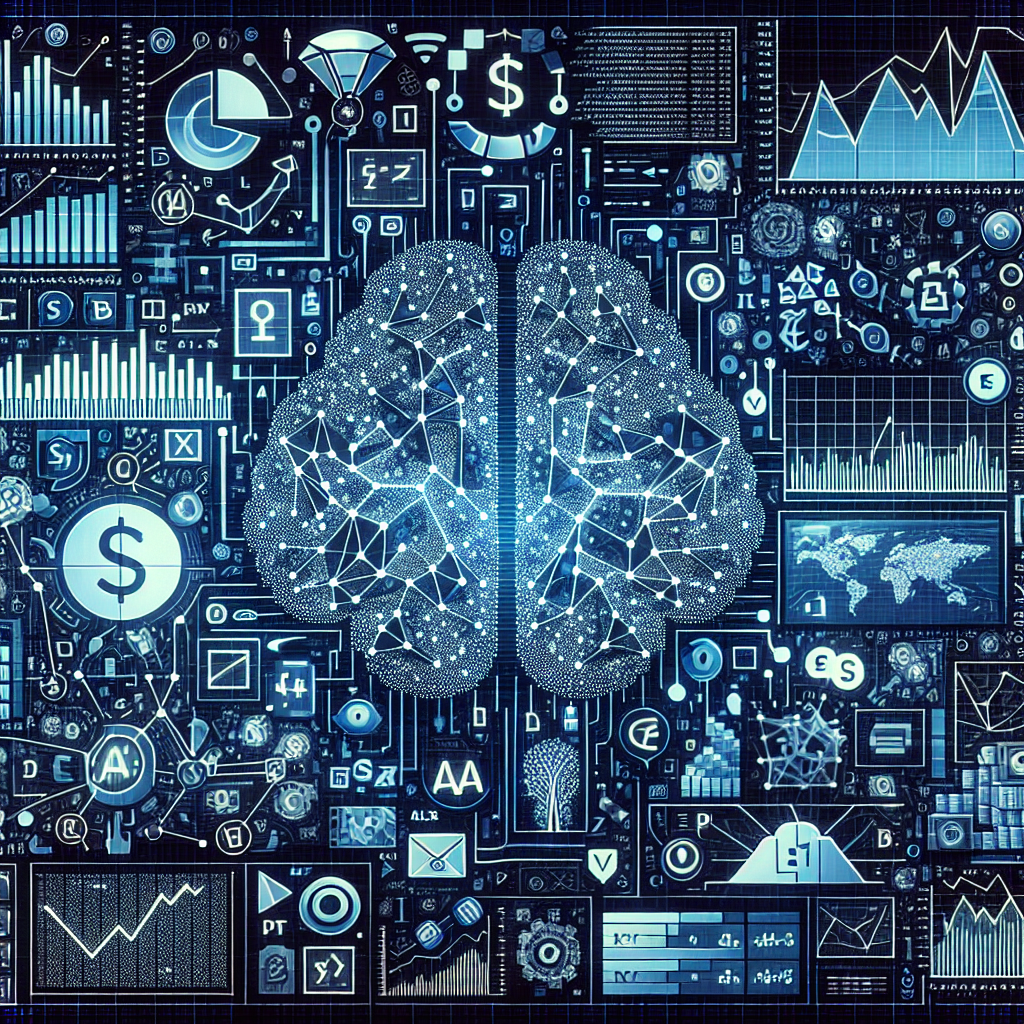
Exploring the Applications of LSTMs in Finance and Stock Market Prediction
In recent years, there has been a surge in interest in using deep learning techniques, such as Long Short-Term Memory (LSTM) neural networks, for various applications in finance and stock market prediction. LSTMs are a type of recurrent neural network that are well-suited for processing and predicting time series data, making them an ideal tool for analyzing financial data.One of the key applications of LSTMs in finance is in predicting stock prices. By training an LSTM model on historical stock price data, the model can learn patterns and trends in the data and make predictions about future price movements. This can be incredibly valuable for investors, who can use these predictions to make informed decisions about buying or selling stocks.
Another application of LSTMs in finance is in forecasting market trends. By analyzing a wide range of financial data, including stock prices, trading volumes, and economic indicators, an LSTM model can identify patterns and correlations that may not be apparent to human analysts. This can help investors and financial institutions anticipate market trends and adjust their strategies accordingly.
LSTMs can also be used for risk management in finance. By analyzing historical market data, an LSTM model can identify potential risks and vulnerabilities in a portfolio, allowing investors to take proactive steps to mitigate these risks. This can help prevent large losses and protect investors’ assets.
In addition to stock market prediction, LSTMs can be applied to a wide range of other financial tasks, such as credit risk assessment, fraud detection, and algorithmic trading. By leveraging the power of deep learning, financial institutions can improve the accuracy and efficiency of these tasks, leading to better outcomes for both investors and consumers.
Overall, the applications of LSTMs in finance are vast and varied, offering a wealth of opportunities for financial institutions and investors to leverage the power of deep learning for better decision-making and risk management. As the field of deep learning continues to evolve, we can expect to see even more innovative applications of LSTMs in finance in the years to come.
#Exploring #Applications #LSTMs #Finance #Stock #Market #Prediction,lstm
LSTMs in Image Captioning: A Deep Dive into Neural Networks
Image captioning is a challenging task in the field of computer vision and natural language processing. It involves generating a textual description of an image, which requires understanding both the visual content of the image and the context in which it is presented. One popular approach to image captioning is using neural networks, specifically Long Short-Term Memory (LSTM) networks.LSTMs are a type of recurrent neural network (RNN) that is well-suited for modeling sequential data. They are designed to capture long-term dependencies in data by maintaining a memory of past inputs. This makes them particularly effective for tasks like image captioning, where the output text is generated word by word based on the visual features extracted from the image.
In the context of image captioning, LSTMs are typically used in conjunction with a convolutional neural network (CNN). The CNN is used to extract visual features from the input image, which are then fed into the LSTM to generate the corresponding textual description. The LSTM processes the visual features and generates a sequence of words one at a time, taking into account the context of the previous words.
One of the key advantages of using LSTMs in image captioning is their ability to handle variable-length sequences. Since the length of the output text can vary depending on the complexity of the image, LSTMs are able to dynamically adjust their output based on the input visual features. This flexibility allows LSTMs to generate more accurate and contextually relevant captions for a wide range of images.
Another important aspect of LSTMs in image captioning is their ability to learn from large amounts of data. By training the LSTM on a diverse set of images and their corresponding captions, the network can learn to generate high-quality descriptions that capture the essence of the visual content. This process of training the LSTM on a large dataset is known as supervised learning, and it is crucial for achieving state-of-the-art performance in image captioning tasks.
In conclusion, LSTMs are a powerful tool for generating descriptive captions for images. By combining the strengths of convolutional neural networks for visual feature extraction with the sequential modeling capabilities of LSTMs, researchers have been able to achieve impressive results in image captioning tasks. As the field of deep learning continues to advance, we can expect to see even more sophisticated techniques and models that leverage the power of LSTMs for generating accurate and contextually relevant image captions.
#LSTMs #Image #Captioning #Deep #Dive #Neural #Networks,lstm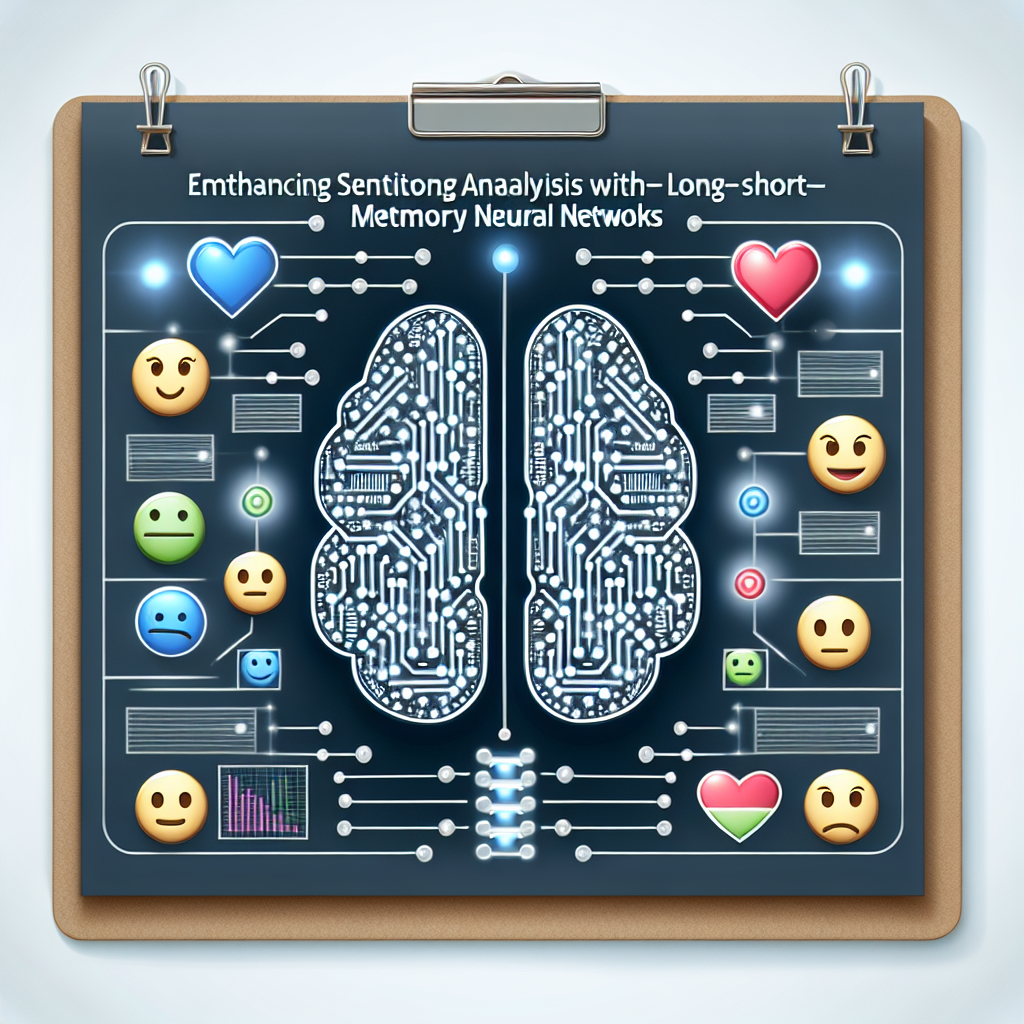
Enhancing Sentiment Analysis with LSTMs
Sentiment analysis is a powerful tool that allows businesses to understand how their customers feel about their products, services, and brand. By analyzing text data, sentiment analysis can provide valuable insights into customer opinions, preferences, and emotions.One of the most popular techniques for sentiment analysis is Long Short-Term Memory (LSTM) networks. LSTMs are a type of recurrent neural network that is well-suited for analyzing sequential data, such as text. They are able to capture long-range dependencies in text data and are particularly effective at modeling the context and relationships between words.
There are several ways in which LSTMs can enhance sentiment analysis:
1. Capturing context: LSTMs can capture the context of words in a sentence, allowing them to understand the meaning of a word in relation to the words around it. This can help improve the accuracy of sentiment analysis by taking into account the nuances and complexities of language.
2. Handling long sequences: LSTMs are able to handle long sequences of text data, which is important for sentiment analysis tasks that involve analyzing entire paragraphs or documents. This allows LSTMs to capture the overall sentiment of a piece of text, rather than just individual words or phrases.
3. Learning from data: LSTMs are able to learn from data and adapt to different types of text data. This means that they can be trained on a wide range of text data, making them versatile and adaptable for different sentiment analysis tasks.
4. Improving accuracy: LSTMs have been shown to outperform other traditional machine learning techniques for sentiment analysis tasks. Their ability to capture long-range dependencies and context makes them particularly effective at analyzing text data and predicting sentiment.
Overall, LSTMs are a powerful tool for enhancing sentiment analysis. By capturing context, handling long sequences, learning from data, and improving accuracy, LSTMs can help businesses gain valuable insights into customer sentiments and preferences. As sentiment analysis continues to play a key role in understanding customer feedback and driving business decisions, LSTMs are likely to become an essential tool for businesses looking to extract meaningful insights from text data.
#Enhancing #Sentiment #Analysis #LSTMs,lstm
Building a Deep Learning Model with LSTMs: A Step-by-Step Tutorial
Deep learning models have become increasingly popular in the field of artificial intelligence, particularly in applications that involve processing and analyzing sequential data. Long Short-Term Memory (LSTM) networks are a type of deep learning model that is well-suited for sequential data, making them an ideal choice for tasks such as natural language processing, time series analysis, and speech recognition.In this tutorial, we will walk through the process of building a deep learning model with LSTMs using Python and the Keras library. By the end of this tutorial, you will have a deep understanding of how LSTMs work and how to implement them in your own projects.
Step 1: Import the necessary libraries
The first step in building our LSTM model is to import the necessary libraries. We will be using numpy for numerical operations, pandas for data manipulation, and Keras for building and training our deep learning model.
“`python
import numpy as np
import pandas as pd
from keras.models import Sequential
from keras.layers import LSTM, Dense
“`
Step 2: Load and preprocess the data
For this tutorial, we will be using a simple dataset containing time series data. You can use any dataset of your choice, as long as it is in a format that can be easily loaded into a pandas DataFrame.
“`python
data = pd.read_csv(‘data.csv’)
“`
Next, we need to preprocess the data by normalizing it and splitting it into input and output sequences. This step is crucial for training our LSTM model effectively.
“`python
data = (data – data.min()) / (data.max() – data.min())
X = data.iloc[:, :-1].values
y = data.iloc[:, -1].values
“`
Step 3: Reshape the input data
LSTMs require input data to be in a specific format: a 3D array with dimensions [batch_size, time_steps, input_dim]. To achieve this, we need to reshape our input data accordingly.
“`python
X = np.reshape(X, (X.shape[0], X.shape[1], 1))
“`
Step 4: Build the LSTM model
Now that we have preprocessed our data, we can proceed to build our LSTM model. We will create a sequential model and add an LSTM layer with 50 units, followed by a dense output layer with one unit.
“`python
model = Sequential()
model.add(LSTM(units=50, input_shape=(X.shape[1], 1)))
model.add(Dense(units=1))
“`
Step 5: Compile and train the model
Before training our model, we need to compile it with an appropriate loss function and optimizer. For this tutorial, we will use the mean squared error loss function and the Adam optimizer.
“`python
model.compile(optimizer=’adam’, loss=’mean_squared_error’)
model.fit(X, y, epochs=100, batch_size=32)
“`
Step 6: Make predictions
Once our model has been trained, we can use it to make predictions on new data. We can do this by reshaping the input data and calling the predict method on our model.
“`python
new_data = np.array([[0.1, 0.2, 0.3]])
new_data = np.reshape(new_data, (1, new_data.shape[1], 1))
prediction = model.predict(new_data)
print(prediction)
“`
In this tutorial, we have covered the basic steps involved in building a deep learning model with LSTMs. By following these steps, you can create your own LSTM models for a variety of sequential data tasks. Remember to experiment with different architectures, hyperparameters, and datasets to optimize the performance of your model.
#Building #Deep #Learning #Model #LSTMs #StepbyStep #Tutorial,lstm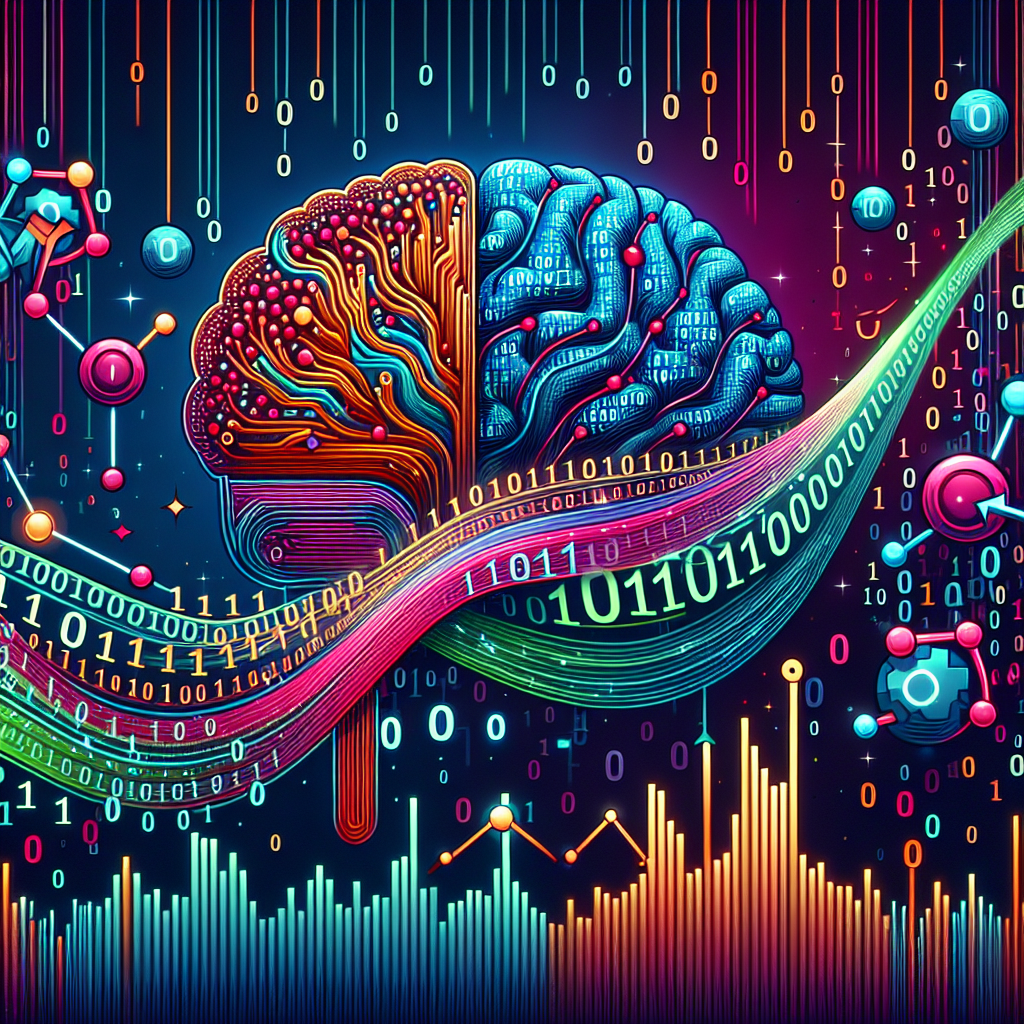
The Power of LSTMs in Time Series Forecasting
Time series forecasting is a crucial aspect of many industries, as it allows businesses to predict future trends and make informed decisions. One powerful tool that has revolutionized time series forecasting is Long Short-Term Memory (LSTM) networks. LSTMs are a type of recurrent neural network (RNN) that are designed to handle long-term dependencies in data, making them ideal for time series forecasting.One of the key advantages of LSTMs is their ability to capture and remember long-term patterns in time series data. Traditional neural networks struggle with this task, as they are designed to process fixed-size inputs and do not have the ability to retain information over long sequences. LSTMs, on the other hand, have a unique architecture that includes a memory cell, input gate, forget gate, and output gate, allowing them to store and update information over time.
This ability to capture long-term dependencies makes LSTMs particularly effective for time series forecasting tasks where past values are crucial for predicting future outcomes. For example, in financial forecasting, LSTMs can analyze historical stock prices and use that information to predict future price movements. In weather forecasting, LSTMs can analyze past weather patterns to make accurate predictions about future temperatures and precipitation levels.
Another important feature of LSTMs is their flexibility and scalability. LSTMs can be easily adapted to different types of time series data and can handle both univariate and multivariate forecasting tasks. Additionally, LSTMs can be trained on large datasets to improve their accuracy and generalization capabilities.
Overall, the power of LSTMs in time series forecasting lies in their ability to capture long-term dependencies, adapt to different types of data, and scale to handle large datasets. By leveraging the capabilities of LSTMs, businesses can make more accurate predictions, optimize their operations, and make better decisions based on future trends. As the demand for accurate and reliable forecasting continues to grow, LSTMs are sure to play a key role in shaping the future of time series forecasting.
#Power #LSTMs #Time #Series #Forecasting,lstm
How LSTMs are Revolutionizing Natural Language Processing
Natural Language Processing (NLP) is a rapidly evolving field that focuses on enabling computers to understand and generate human language. One of the key advancements in NLP in recent years has been the development and widespread adoption of Long Short-Term Memory (LSTM) networks. LSTMs are a type of recurrent neural network (RNN) that are specifically designed to handle sequential data, making them well-suited for tasks such as language modeling, speech recognition, machine translation, and sentiment analysis.Traditional RNNs have a major limitation in that they struggle to capture long-range dependencies in sequential data. This is because as information is passed through the network, it can either become diluted or vanish altogether, making it difficult for the network to remember important information from earlier in the sequence. LSTMs address this issue by introducing a more complex architecture that includes a series of memory cells and gating mechanisms. These mechanisms allow the network to selectively remember or forget information at each time step, enabling it to retain important information over longer sequences.
The ability of LSTMs to capture long-range dependencies has made them incredibly powerful tools for a wide range of NLP tasks. One of the most common applications of LSTMs in NLP is language modeling, where the network is trained to predict the next word in a sequence of text. By learning the underlying structure of the language, LSTMs can generate coherent and contextually relevant text, making them ideal for tasks such as auto-completion and text generation.
LSTMs have also been successfully applied to machine translation, where they have helped to significantly improve the accuracy and fluency of automated translation systems. By processing entire sentences as sequences of words, rather than treating each word in isolation, LSTMs are able to capture the nuances of language and produce more accurate translations.
Another area where LSTMs are making a big impact is in sentiment analysis, where they are used to classify the sentiment of a piece of text as positive, negative, or neutral. By analyzing the context and structure of the text, LSTMs are able to accurately identify the sentiment expressed by the author, making them valuable tools for tasks such as social media monitoring and customer feedback analysis.
Overall, LSTMs are revolutionizing the field of NLP by enabling computers to process and understand human language more effectively than ever before. Their ability to capture long-range dependencies and model complex sequential data has made them indispensable tools for a wide range of NLP tasks, and their continued development is sure to lead to even more impressive advancements in the future.
#LSTMs #Revolutionizing #Natural #Language #Processing,lstm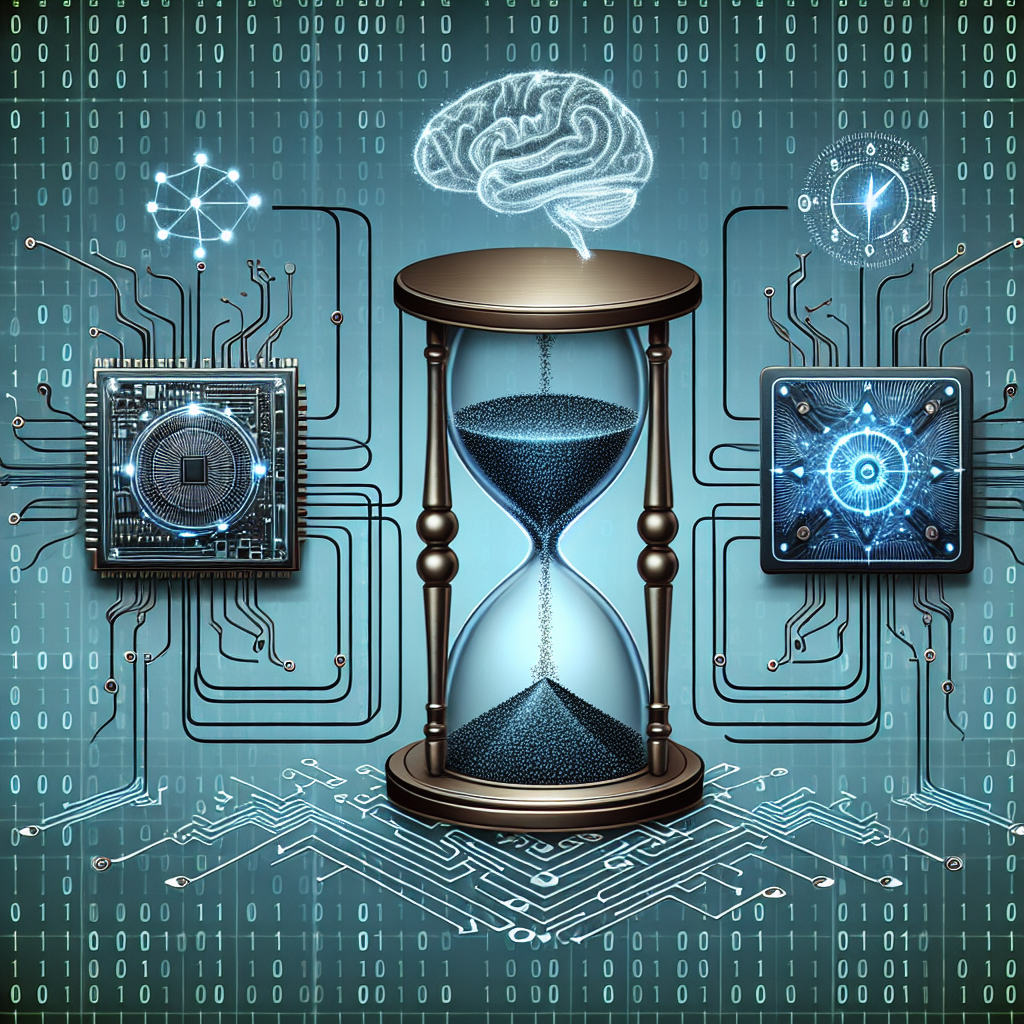
Understanding Long Short-Term Memory Networks (LSTMs): A Comprehensive Guide
Understanding Long Short-Term Memory Networks (LSTMs): A Comprehensive GuideIn recent years, Long Short-Term Memory Networks (LSTMs) have become one of the most popular types of recurrent neural networks used in the field of deep learning. LSTMs are particularly effective in handling sequences of data, such as time series data or natural language data, where traditional neural networks struggle to capture long-term dependencies.
LSTMs were introduced by Sepp Hochreiter and Jürgen Schmidhuber in 1997 as a solution to the vanishing gradient problem that plagues traditional recurrent neural networks. The vanishing gradient problem occurs when gradients become too small during backpropagation, making it difficult for the network to learn long-range dependencies. LSTMs address this issue by introducing a more powerful mechanism to retain and selectively forget information over time.
At the core of an LSTM network are memory cells, which are responsible for storing and updating information over time. Each memory cell contains three main components: an input gate, a forget gate, and an output gate. These gates control the flow of information into and out of the cell, allowing the network to selectively remember or forget information as needed.
The input gate determines how much new information should be added to the memory cell, based on the current input and the previous hidden state. The forget gate controls how much of the previous memory cell state should be retained or discarded. Finally, the output gate determines the output of the cell based on the current input and the updated memory state.
One of the key advantages of LSTMs is their ability to capture long-term dependencies in sequential data. Because of their gated structure, LSTMs are able to learn when to remember or forget information over time, making them well-suited for tasks such as speech recognition, machine translation, and sentiment analysis.
Training an LSTM network involves optimizing the parameters of the network using backpropagation through time, a variant of the standard backpropagation algorithm that takes into account the sequential nature of the data. During training, the network learns to adjust the weights of the gates in order to minimize the error between the predicted output and the ground truth.
In conclusion, Long Short-Term Memory Networks (LSTMs) are a powerful tool for modeling sequential data and capturing long-term dependencies. By incorporating memory cells with gated structures, LSTMs are able to selectively retain and forget information over time, making them well-suited for a wide range of tasks in deep learning. Understanding the inner workings of LSTMs can help researchers and practitioners harness the full potential of these networks in their own projects.
#Understanding #Long #ShortTerm #Memory #Networks #LSTMs #Comprehensive #Guide,lstm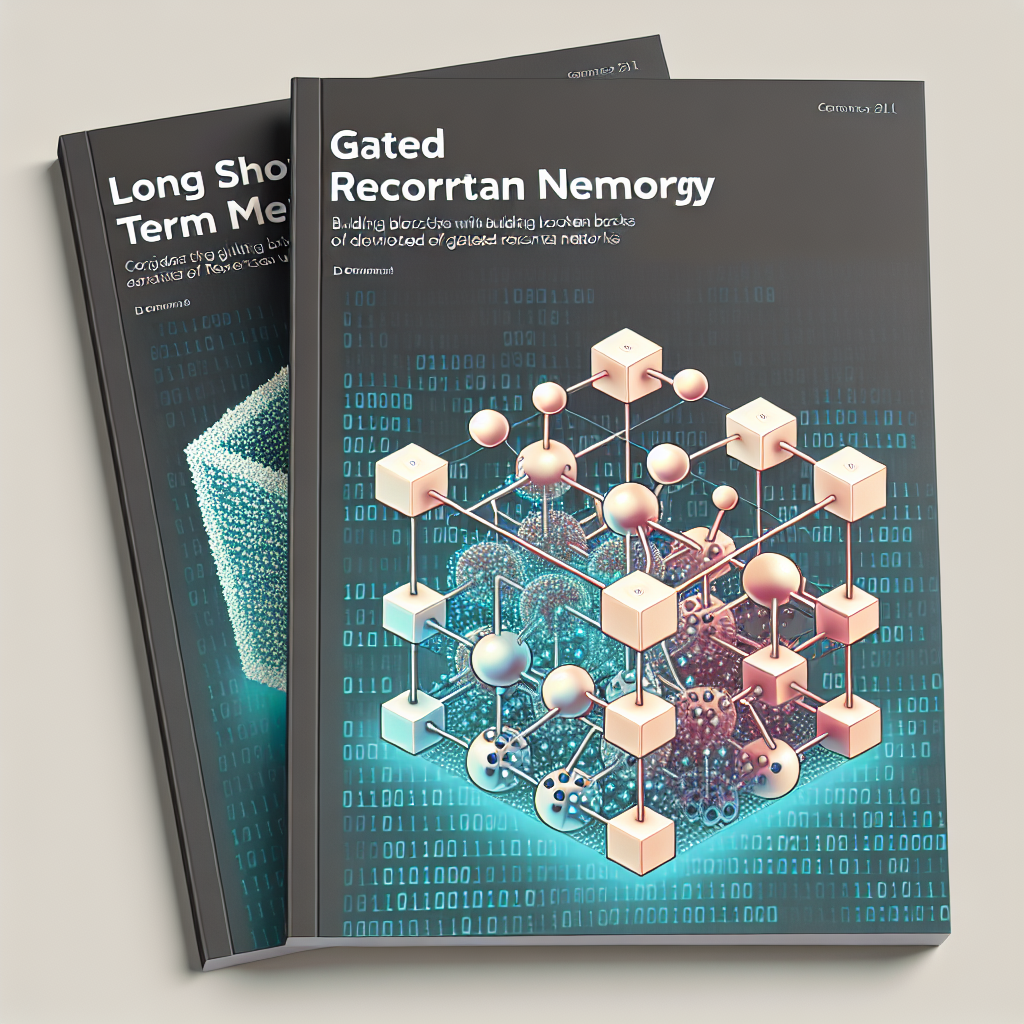
Unveiling the Secrets of LSTMs and GRUs: The Building Blocks of Gated Recurrent Networks
Recurrent Neural Networks (RNNs) have been widely used in natural language processing, speech recognition, and other sequence modeling tasks. However, traditional RNNs suffer from the vanishing gradient problem, which limits their ability to capture long-range dependencies in sequential data. To address this issue, researchers have introduced a new class of RNNs called Gated Recurrent Networks (GRNs), which include Long Short-Term Memory (LSTM) and Gated Recurrent Unit (GRU) architectures.LSTMs and GRUs are designed to overcome the limitations of traditional RNNs by incorporating gating mechanisms that control the flow of information through the network. These gating mechanisms allow LSTMs and GRUs to selectively remember or forget information from previous time steps, enabling them to capture long-range dependencies in sequential data more effectively.
In an LSTM network, the gating mechanism consists of three gates: the input gate, forget gate, and output gate. The input gate controls the flow of new information into the cell state, the forget gate controls the flow of information that is forgotten from the cell state, and the output gate controls the flow of information that is passed to the output. By learning to adjust the values of these gates during training, an LSTM network can effectively capture long-range dependencies in sequential data.
On the other hand, GRUs have a simpler architecture with only two gates: the update gate and the reset gate. The update gate controls the flow of new information into the hidden state, while the reset gate controls the flow of information that is reset to an initial state. While GRUs are computationally more efficient than LSTMs, they may not be as effective at capturing long-range dependencies in some cases.
Both LSTMs and GRUs have been shown to outperform traditional RNNs on a variety of sequence modeling tasks, including language modeling, machine translation, and speech recognition. Researchers continue to explore ways to improve the performance of these architectures, such as incorporating attention mechanisms or introducing new gating mechanisms.
In conclusion, LSTMs and GRUs are the building blocks of gated recurrent networks that have revolutionized the field of sequence modeling. By incorporating gating mechanisms that allow them to selectively remember or forget information from previous time steps, LSTMs and GRUs are able to capture long-range dependencies in sequential data more effectively than traditional RNNs. As researchers continue to uncover the secrets of these powerful architectures, we can expect even more exciting advancements in the field of deep learning.
#Unveiling #Secrets #LSTMs #GRUs #Building #Blocks #Gated #Recurrent #Networks,recurrent neural networks: from simple to gated architectures
